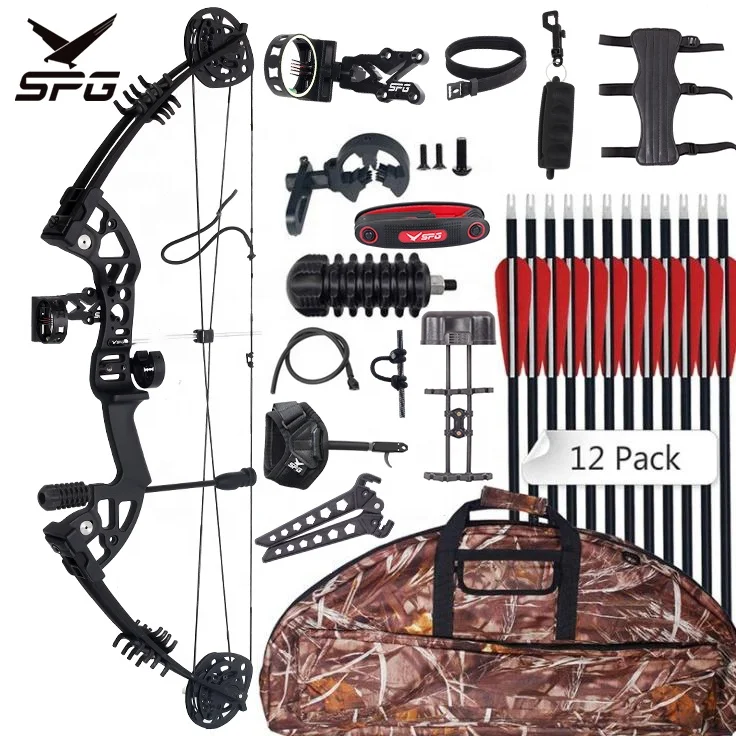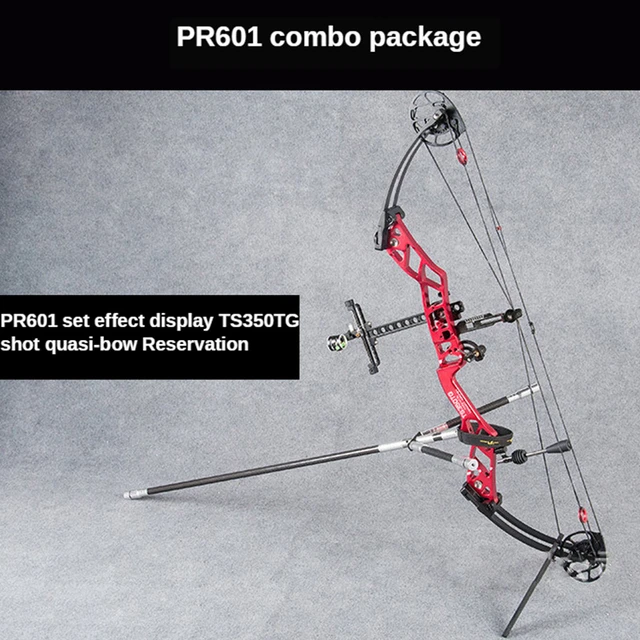Optimize Your Archery Accuracy With These Bow Stabilizer Techniques
One crucial element that can considerably influence your efficiency is the correct use of bow stabilizers. Whether you are an experienced archer looking to fine-tune your abilities or a novice excited to improve your accuracy, understanding these bow stabilizer methods could be the trick to hitting your mark with unrivaled consistency.
Benefits of Making Use Of Bow Stabilizers
Using bow stabilizers can dramatically improve an archer's accuracy and total performance by minimizing bow torque and resonance. Bow torque, triggered by the unequal distribution of weight in the bow, can result in inconsistencies in shot positioning. By connecting a bow stabilizer, the weight is rearranged, lowering the effects of torque and helping the archer attain a much more consistent shot. Additionally, bow stabilizers dampen resonance, which not only boosts the convenience of shooting however likewise avoids the bow from jumping upon launch, thus helping in maintaining appropriate goal.
Furthermore, bow stabilizers can aid in holding the bow steady, especially during windy conditions or when firing from longer ranges. The included weight at the front of the bow gives stability and balance, enabling the archer to concentrate on aiming without the distraction of bow movement. On the whole, the advantages of using bow stabilizers prolong beyond just precision, improving the archer's experience and performance in different shooting circumstances.
Selecting the Right Bow Stabilizer
Choosing the suitable bow stabilizer is important for enhancing your archery equipment and boosting shooting performance. Larger stabilizers can assist reduce bow torque and soak up even more vibration, leading to a steadier objective.

Lastly, think about the layout of the stabilizer. Some stabilizers include flexible weights or dampeners that permit you to customize the equilibrium and feel of your bow. Inevitably, selecting the right bow stabilizer includes finding a balance in between weight, material, size, and style to enhance your capturing precision and general performance.
Correct Setup Methods
To make sure ideal performance and safety and security in archery, understanding appropriate setup techniques for your bow stabilizer is important. The first action in setting up a bow stabilizer is to recognize the proper positioning on your bow. Many stabilizers are connected to the front of the riser, below the grip, to aid counterbalance the weight of devices such as sights and quivers. Make sure that the stabilizer is not conflicting with various other elements or hindering your capturing type.
Following, firmly attach the stabilizer to the bow utilizing the proper placing hardware. It is important to tighten up the stabilizer well to avoid click reference any wobbling throughout shots. Some stabilizers come with flexible weights that can be added or eliminated to make improvements the balance of your bow. Trying out various weight setups to find the ideal equilibrium that fits your shooting style.

Changing Stabilizer Weight and Size
After guaranteeing the proper installation of your bow stabilizer, the following action entails adjusting the weight and length see it here to optimize its performance in improving archery accuracy. The weight of the stabilizer plays a vital duty in minimizing bow movement during the shot cycle.
When it involves stabilizer size, finding the best balance is vital. A longer stabilizer can provide greater stability by boosting the range in between the bow and the weight at the end of the stabilizer. This included distance enhances the supporting impact, specifically in windy conditions or when contending longer ranges. Conversely, a shorter stabilizer uses much more ability to move and might be favored by archers that value dexterity and fast movements during shooting.
Advanced Stabilizer Tuning Tips
Accomplishing optimal bow stability and precision in archery requires a nuanced technique to innovative stabilizer tuning. Advanced stabilizer tuning includes fine-tuning various components to boost the bow's equilibrium, decrease resonance, and boost overall accuracy.
An additional vital facet of sophisticated stabilizer adjusting is optimizing the damping homes of the stabilizer system. This can be attained by incorporating additional moistening devices such as rubber dampeners or harmonic stabilizers to better reduce vibration and sound. Furthermore, checking out various products for the stabilizer construction, such as carbon fiber or aluminum, can likewise affect the bow's performance by changing its weight distribution here are the findings and tightness. By carefully adjust these advanced stabilizer aspects, archers can optimize their accuracy and consistency on the range or in competitors.
Final Thought
In verdict, taking full advantage of archery precision can be achieved via the proper choice, installation, and adjustment of bow stabilizers. By recognizing the benefits of using stabilizers, choosing the ideal one, and adjust its weight and size, archers can boost their capturing precision. Using advanced tuning strategies can further enhance stability and consistency in arrow flight. In general, including bow stabilizers into archery method can result in better efficiency and raised precision.
Using bow stabilizers can considerably enhance an archer's precision and total efficiency by lessening bow torque and vibration. Longer stabilizers give higher stability and equilibrium, particularly for long-distance shooting, while much shorter stabilizers provide more versatility and are less complicated to navigate in limited rooms (bow stabilizer). Carbon fiber stabilizers are light-weight and durable, while light weight aluminum stabilizers are durable and provide superb vibration moistening
A longer stabilizer can provide better stability by boosting the range in between the bow and the weight at the end of the stabilizer.Another critical aspect of innovative stabilizer tuning is enhancing the damping homes of the stabilizer system.